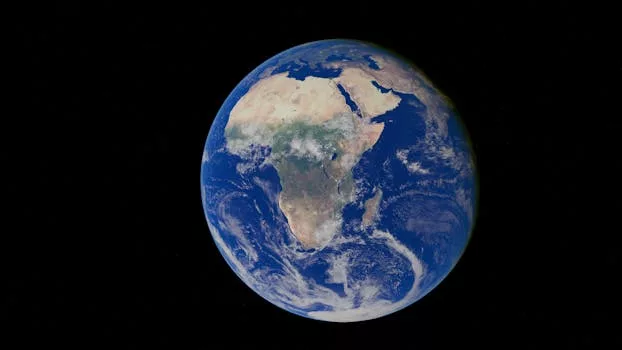
“
Introduction to the Cosmos
From Stardust to Dreams: Imagining Life Beyond the Stars is a journey through the vast expanse of space, exploring the wonders of the universe and the potential for life beyond our planet. As we gaze up at the night sky, we are reminded of the infinite possibilities that lie beyond our world. The stars, planets, and galaxies that make up the cosmos are a testament to the awe-inspiring beauty and complexity of creation.
The Building Blocks of Life
The elements that make up our bodies and our planet are found in the stars. The process of stellar nucleosynthesis creates the heavy elements necessary for life, which are then dispersed throughout the universe when stars die. This means that the very building blocks of life are shared across the cosmos, raising the intriguing question of whether we are alone in the universe.
Exploring the Possibilities of Life Beyond Earth
With the discovery of exoplanets and advancements in astrobiology, the possibility of life existing elsewhere in the universe becomes increasingly plausible. From the moons of Jupiter and Saturn to distant planets orbiting other stars, the search for life beyond Earth is an active and exciting area of research. The conditions that support life on our planet, such as liquid water and a stable atmosphere, are being sought elsewhere, leading to a deeper understanding of what makes a planet habitable.
Imagining the Future of Space Exploration
As we continue to explore the universe, we are not only expanding our knowledge of the cosmos but also pushing the boundaries of human achievement. The dream of establishing a human settlement on another planet or moon is no longer science fiction but a feasible goal for the future. With private companies like SpaceX and Blue Origin leading the charge, the possibility of becoming a multi-planetary species is within our grasp.
The Challenges and Opportunities of Space Travel
However, the journey to the stars is not without its challenges. The effects of long-term space travel on the human body, the psychological impact of isolation, and the technological hurdles that must be overcome are significant. Yet, these challenges also present opportunities for innovation and advancement. The development of new technologies and strategies for sustaining life in space will have far-reaching benefits for society, from improving life on Earth to enabling the exploration of the cosmos.
Conclusion: The Cosmic Perspective
From stardust to dreams, our journey through the universe reminds us of our place within the grand scheme of existence. The exploration of space and the search for life beyond Earth are not just scientific endeavors but also philosophical and existential inquiries. As we look up at the stars, we are forced to confront our own mortality and the meaning of our existence. And yet, in the vastness of the cosmos, we find a sense of unity and connection to all that exists, a reminder that we are part of something much greater than ourselves.
Takeaways:
- The elements necessary for life are found in the stars, suggesting a shared cosmic origin.
- The search for life beyond Earth is an active area of research, with exoplanets and astrobiology offering promising avenues for discovery.
- Space exploration is not just about expanding our knowledge of the universe but also about pushing the boundaries of human achievement and potentially becoming a multi-planetary species.
- The challenges of space travel present opportunities for innovation and advancement, with benefits for society that extend beyond the cosmos.
- The exploration of space and the search for life beyond Earth prompt philosophical and existential questions about our place in the universe and the meaning of our existence.





